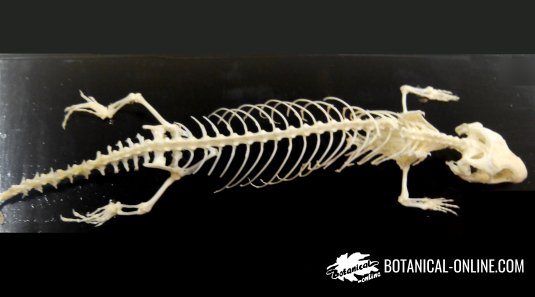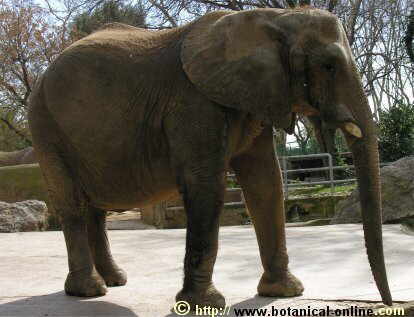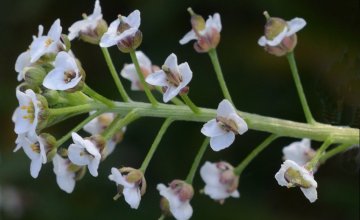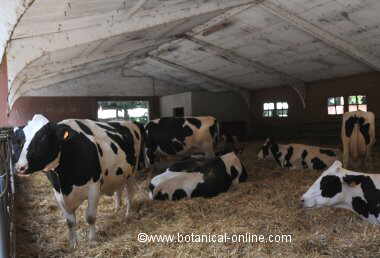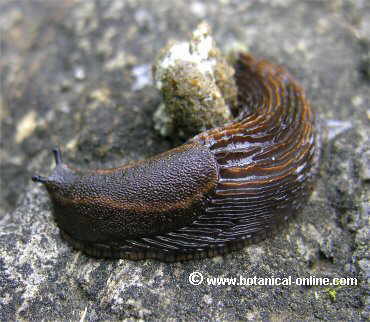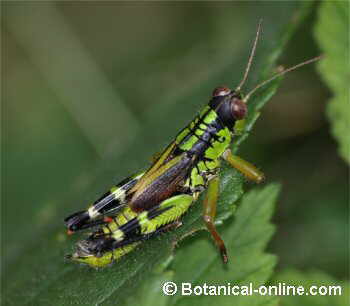Contents
What are mammals?
Mammals are warm-blooded terrestrial vertebrates with double and closed blood circulation, with a heart divided into 4 chambers.
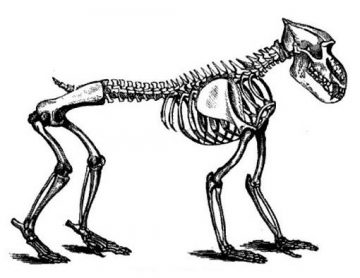
These animals are provided with hair, respiration through lungs and give birth to live young, because they are viviparous.
The skeleton of mammals
Mammals have a bony skeleton, consisting of four limbs and a tail, connected by a very complex nervous system.
The skull of mammals protects a highly developed brain.
The intelligence of mammals
Mammals act on instinct, but they also have many learned behaviors. Their great intelligence allows them to have a high degree of learning, carried out during the juvenile phases.
These vertebrates have highly developed sense organs.
The skin of mammals
Mammalian skin consists of an impermeable horny layer of keratin. Thanks to this, these animals manage to avoid water losses.
These animals have their skin covered by hair, to a greater or lesser extent, which helps them protect themselves from the cold, heat and environmental aggressions and sometimes provides camouflage.
Where do mammals live?
Mammals have many ways of life: terrestrial, aquatic, arboreal, and even underground or cave.
Therefore, these animals live in a great variety of habitats: forests, deserts, savannas, jungles, oceans, seas, rivers …
Mammalian adaptations
Mammals are prepared to live on land thanks to a set of characteristics that provide them with advantages, called adaptations, such as:
- Lung respiration
- Viviparous reproduction.
- Insulating hair and very waterproof skin.
Mammalian respiration
All mammals respire through lungs.
Pulmonary respiration is their only system for capturing atmospheric oxygen and removing carbon dioxide from the blood, a product of cellular respiration.
Reproduction of mammals
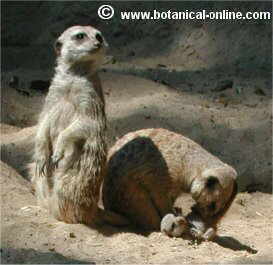
Mammals are viviparous animals, because females give birth to live young.
This is so because mammalian embryos develop inside the maternal body, in a structure called the placenta, which protects and nourishes them, until the moment of birth.
The young of mammals feed on the mother’s milk, thanks to special glands that the mother has, which are called mammary glands.
Mammal feeding
Mammals have very varied diets and we find mammals that are herbivores, carnivores, omnivores, depending on whether they eat foods of animal or vegetable origin or both.
But there are also many other types of diets in mammals.
![]() More information on other animals
More information on other animals

